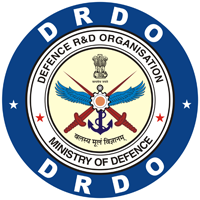Passive Source Localization Using Compressively Sensed Towed Array
DOI:
https://doi.org/10.14429/dsj.63.5765Keywords:
Compressive beamforming, compressive sensing, DOA estimation, minimum variance distortionless response.Abstract
The objective of this work is to estimate the sparse angular power spectrum using a towed acoustic pressure sensor (APS) array. In a passive towed array sonar, any reduction in the analog sensor signal conditioning receiver hardware housed inside the array tube, significantly improves the signal integrity and hence the localization performance. In this paper, a novel sparse acoustic pressure sensor (SAPS) array architecture is proposed to estimate the direction of arrival (DOA) of multiple acoustic sources. Bearing localization is effectively achieved by customizing the Capons spatial filter algorithm to suit the SAPS array architecture. Apart from the Monte Carlo simulations, the acoustic performance of the SAPS array with compressively sensed minimum variance distortionless response (CS-MVDR) filter is demonstrated using a real passive towed array data. The proposed sparse towed array architecture promises a significant reduction in the analog signal acquisition receiver hardware, transmission data rate, number of snapshots and software complexity.
Defence Science Journal, 2013, 63(6), pp.630-635, DOI:http://dx.doi.org/10.14429/dsj.63.5765
Downloads
Published
How to Cite
Issue
Section
License
 Where otherwise noted, the Articles on this site are licensed under Creative Commons License: CC Attribution-Noncommercial-No Derivative Works 2.5 India
Where otherwise noted, the Articles on this site are licensed under Creative Commons License: CC Attribution-Noncommercial-No Derivative Works 2.5 India

